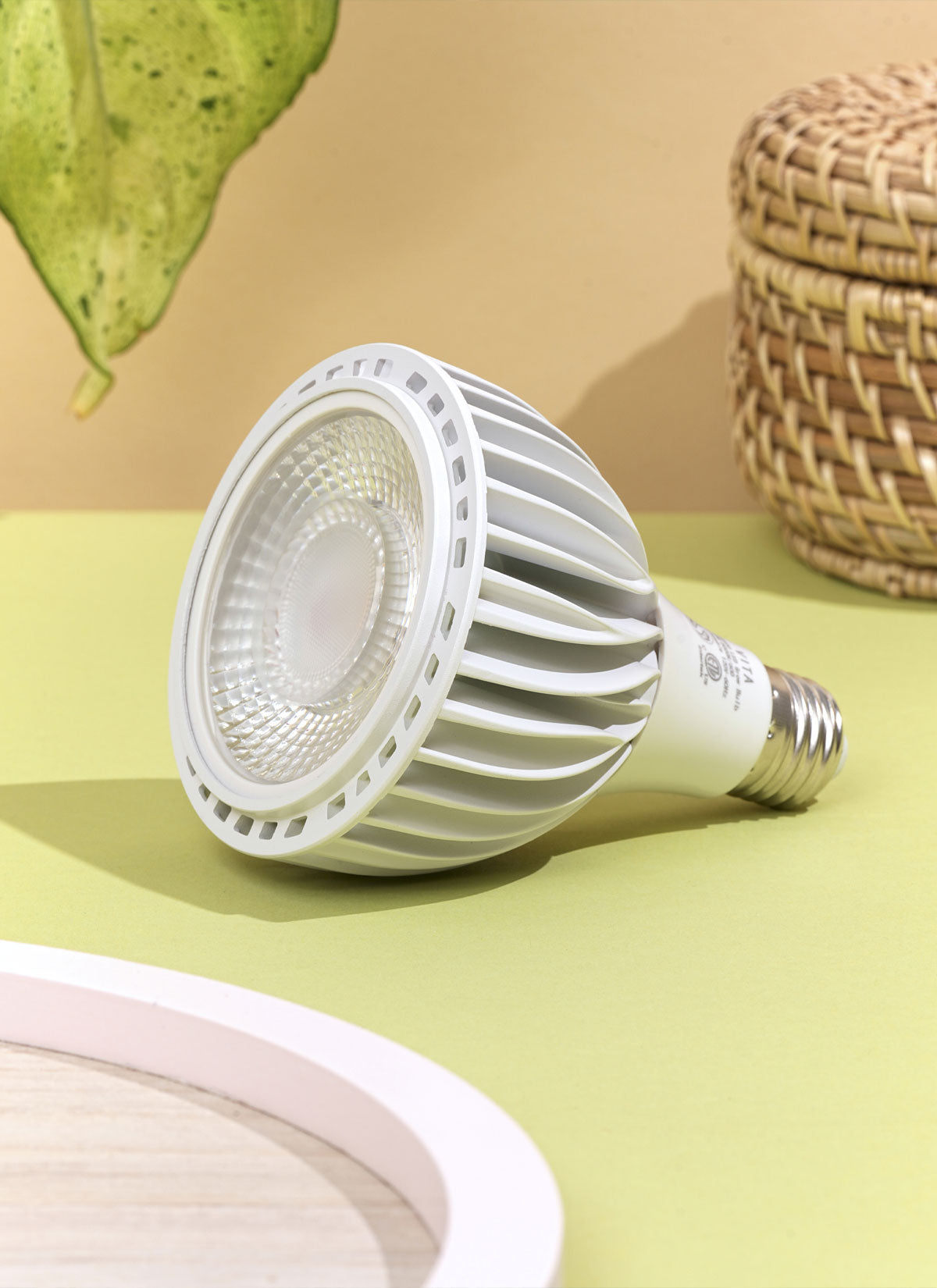Light Requirement: High Light (Bright Indirect Light); Low Light Tolerant
Parlor palm plants prefer bright, indirect light, but they can also tolerate lower light conditions. They are sensitive to direct sunlight, which can cause their leaves to burn. Therefore, it is best to place them in a location where they can receive filtered or diffused light, such as near a north or east-facing window. Artificial light sources such as LED lights can also provide sufficient light for parlor palms. It is important to note that insufficient light can cause the plant to grow leggy and weak, while too much light can scorch the leaves and damage the plant.




















